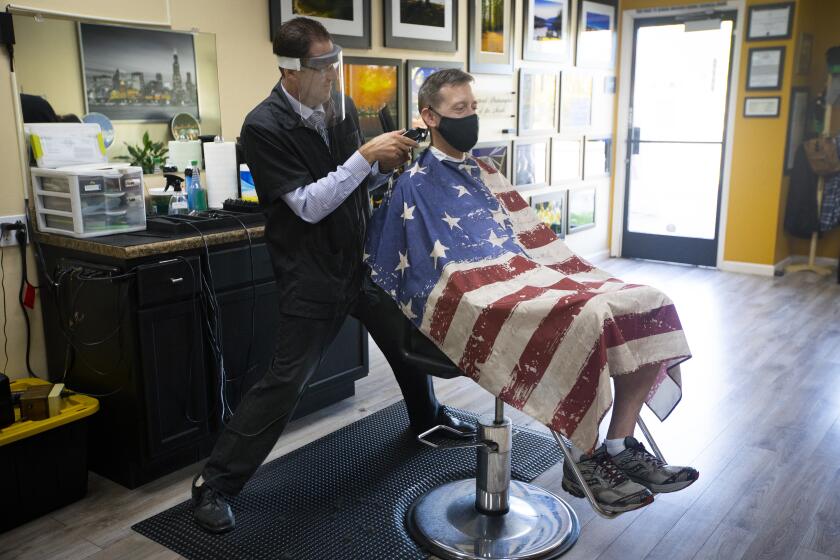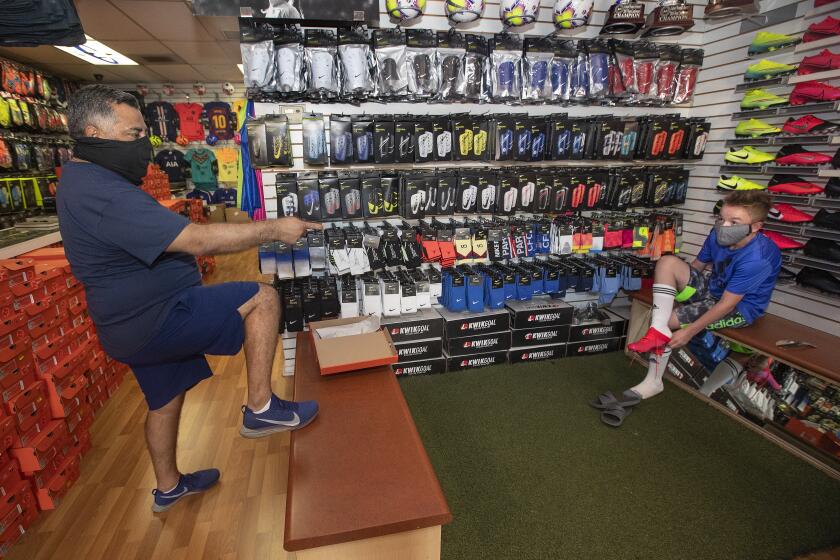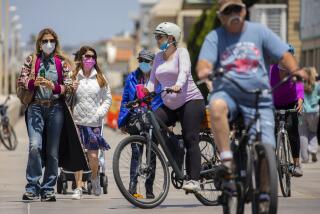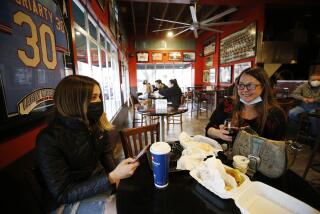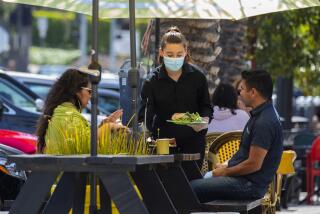California records 80,000 coronavirus cases, more than 3,200 deaths
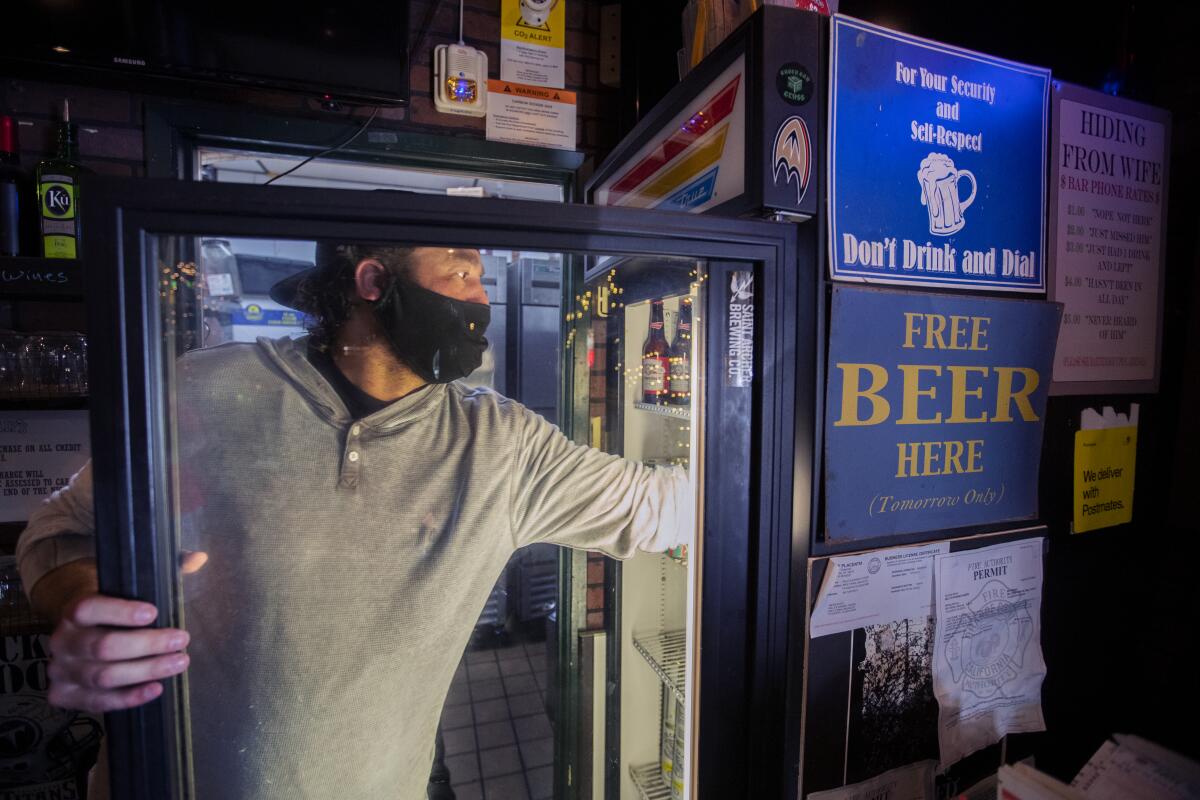
Californians traveling between county lines may soon need a field guide to assess coronavirus restrictions in various parts of the state as permissions to reopen continue to fluctuate day by day.
The state has surpassed 80,000 confirmed cases of COVID-19 and more than 3,200 deaths. Although the numbers continue to increase overall, the case count has started to taper off in some areas.
So far, 24 rural counties have contained the virus enough to ease stay-at-home restrictions beyond the allowances of more urban areas, where the virus remains active. The modifications include dine-in services and in-store shopping.
Visual look at the third phase to reopen California amid the coronavirus outbreak.
Gov. Gavin Newsom said Monday that 53 of the state’s 58 counties will soon have that ability if they meet new state criteria.
“We’re many parts, and every part of the state of California is unique and distinctive,” Newsom said when asked about the patchwork of modifications. The governor noted that areas like Los Angeles County and the Bay Area may not be ready to move as quickly as other communities.
The latest maps and charts on the spread of COVID-19 in Los Angeles County, including cases, deaths, closures and restrictions.
L.A. County accounts for the bulk of the state’s tallied infections, with more than 38,000 cases, and accounts for more than half of the state’s death toll.
Officials reported an additional 14 coronavirus-related deaths Monday and 477 new cases. Monday’s numbers are typically lower than other days because testing is limited over the weekend.
As county officials continue to slowly lift stay-at-home restrictions, they say social distancing practices are still needed. Face masks are required at all businesses and throughout the city of Los Angeles, and in-person gatherings are still not permitted.
County Public Health Director Barbara Ferrer said Monday that an estimated 1 million residents visited newly reopened businesses and outdoor spaces over the weekend. Ferrer used that number with a hypothetical scenario to warn the public about what could happen if social distancing rules aren’t followed.
If the positive rate of infection in the county is 4%, it’s possible that 40,000 of the 1 million people who were out this weekend could be infected. If each of those people infected one other person, the number of infections could climb to 80,000. If 5% of those people were to become seriously ill, that could lead to an additional 4,000 people in need of hospital care, which could overwhelm the system, she said.
On average, 1,700 people are hospitalized each day with COVID-19 symptoms. There are 1,570 people currently in hospital care, Ferrer said. Of those individuals, 27% are in intensive care and 20% are on ventilators.
L.A. County remains the epicenter of the novel coronavirus in the state, with more than 1,700 deaths and more than 35,000 confirmed cases.
While Los Angeles County’s overall infections and deaths continue to climb, some cities in the county of 10 million have been less infected by the virus and hope to see further modifications to the stay-at-home order.
The cities of Santa Clarita, Lancaster and Palmdale have asked the county for permission to reopen more fully.
Amid the push, San Francisco, San Mateo and Marin counties were easing some restrictions Monday, allowing for curbside delivery at retail stores.
“We do see the numbers flattening,” San Francisco Mayor London Breed said last week. “They have not declined, but the fact is we are in a better place.”
Newsom’s order on Monday adjusted some of the more stringent requirements to create a more generous threshold for reopening across the state. Counties now must show no more than 25 coronavirus cases per 100,000 residents in the last 14 days — a standard that was originally one new case per 10,000 residents.
Counties can, instead, show that less than 8% of residents tested for the virus over a seven-day period were positive.
Counties also must show that hospitalizations for COVID-19 patients have stabilized, meaning they can’t increase by more than 5% over a seven-day period or that a county can’t have more than 20 hospitalizations on any single day over a seven-day period.
Times staff writers John Myers, Taryn Luna and Phil Willon contributed to this report.
More to Read
Sign up for Essential California
The most important California stories and recommendations in your inbox every morning.
You may occasionally receive promotional content from the Los Angeles Times.
